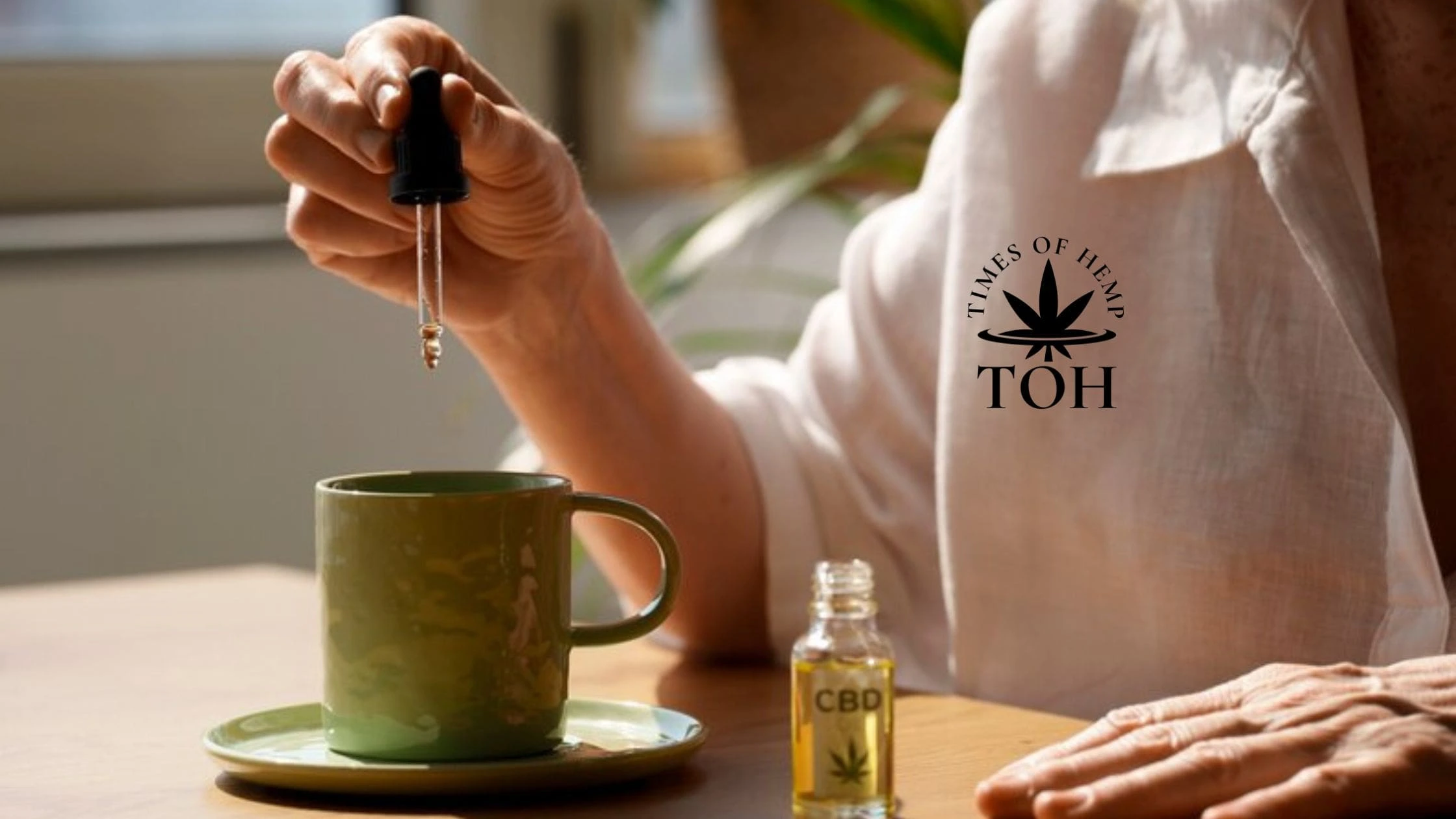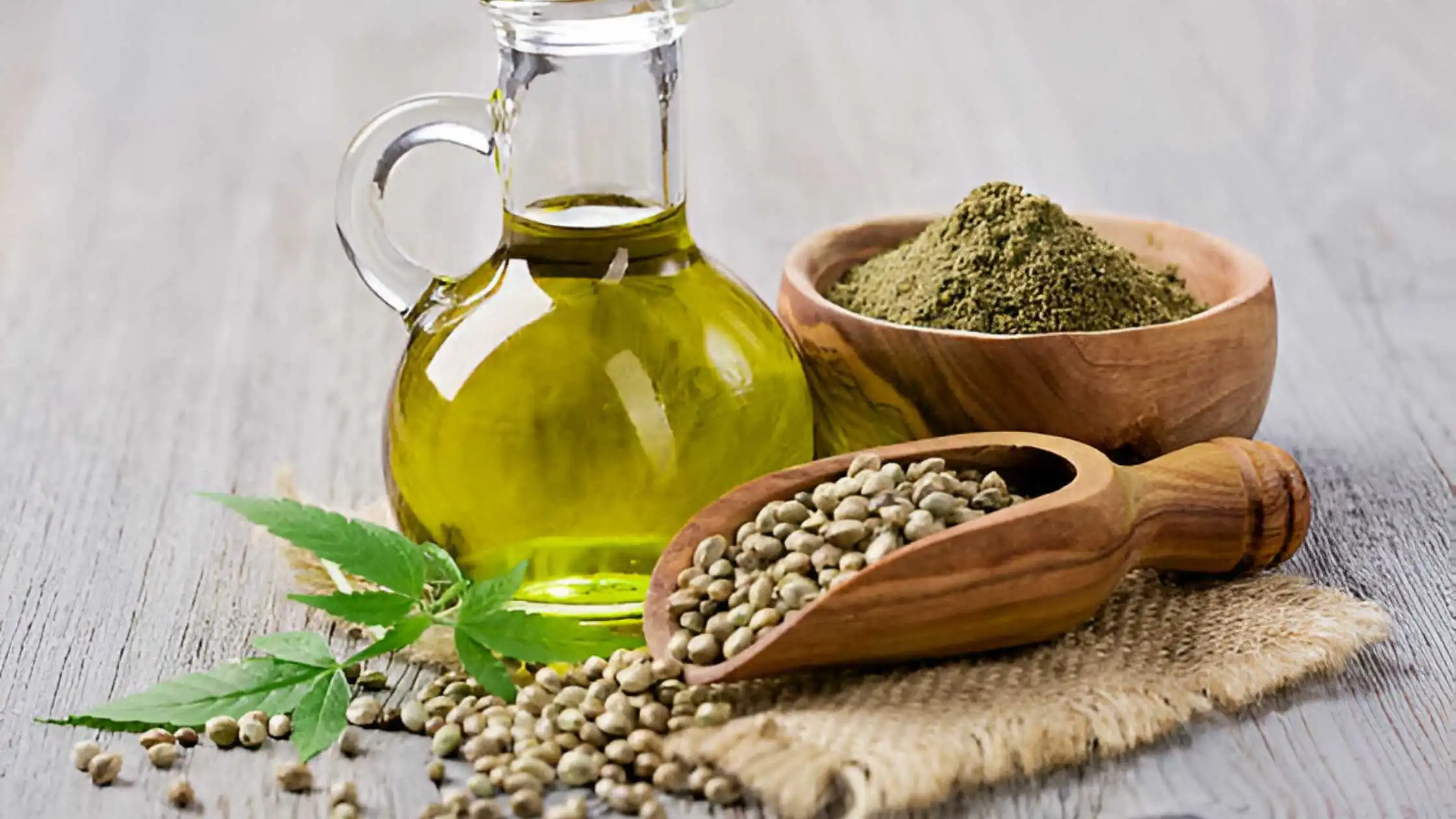Increasing numbers of studies indicate that CBD could be a helpful tool in managing some of the symptoms of fibromyalgia, but knowing where to start can be daunting.
Fibromyalgia, a condition characterized by widespread pain, brain fog, and sleeping issues, is notoriously difficult to treat.
Over-the-counter and prescription medications are often the first port of call, but these can be accompanied by unwanted side effects that may leave sufferers feeling worse.
Evidence is growing that cannabidiol (CBD) could be the answer to fibromyalgia patients’ prayers, with several studies into the effects of CBD showing a clear correlation between its use and a reduction in pain, along with improved sleep.
One such study, published in the Journal of Cannabis Research, clearly pointed to a reduction in pain and other symptoms in patients with fibromyalgia.
An Italian researcher explored the long-term use of various types of cannabis in 38 patients with treatment-resistant fibromyalgia. Participants consumed CBD for up to 12 months, in conjunction with their prescribed medications.
The author reported that “significant improvements were observed” following the initiation of cannabis therapy in most of the patients.
Anecdotally, too, increasing numbers of people are turning to CBD to ease their fibromyalgia symptoms, especially those for whom traditional treatments have failed, or who are uncomfortable being reliant on prescription medication.
A 2020 survey by the National Fibromyalgia Association found that more than a third of women with CPP, the pelvic pain common in fibromyalgia patients, used CBD for pain relief, better sleep and to treat anxiety.
A US study, meanwhile, discovered that more than 70 percent of fibromyalgia patients were using CBD as an alternative to opioid medications.
How to use CBD for fibromyalgia
Nowadays, there are a variety of different ways to use CBD, from food and drinks to topical remedies, and even pillows, candles, and make-up.
However, the most common (and practical) ways to take it to ease fibromyalgia symptoms are through edibles and tinctures.
Edibles are when CBD oil has been used as an ingredient in baked goods, gummies, drinks, or chocolates.
They may take longer to take effect, but when they do, the effects tend to last longer, which may make them a popular choice for those suffering from chronic pain.
However, some experts urge caution when it comes to taking CBD edibles because dosing can be unreliable.
Tinctures, on the other hand, are made by soaking cannabis flowers in alcohol for an extended period. This process extracts the CBD into a more concentrated form than found in most CBD oil products. Tinctures are taken by the drop and can be used on their own or mixed with food or a drink.
CBD is also available in topical treatments, such as balms or creams, which may be beneficial if the pain is concentrated in a particular location. It can also be found in bathing products, which have the added benefit of relaxing the body ahead of bedtime, hopefully increasing the chances of a good night’s sleep.
Before taking CBD in whatever form, there are some things to be aware of.
Firstly, the advice is always to start low and go slow. This means taking a very small amount infrequently, and gradually increasing it until you find what gives you the result you’re hoping for.
Secondly, as with all other natural products, there is the potential for adverse reactions when taken with other medications, especially those that come with grapefruit warnings, such as certain blood thinners. These warnings indicate that certain medications should not be taken with products containing grapefruit.
However, as long as guidance is followed, CBD, with its well-documented anti-inflammatory and calming properties, could be well worth trying to ease several debilitating fibromyalgia symptoms in one product.
Disclaimer: https://cannabishealthnews.co.uk/2022/01/19/cbd-for-fibromyalgia-pain-where-to-start-fibromyalgia21





